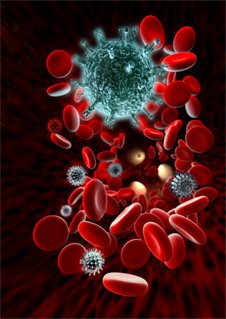PRP Therapy
The Benefits of Using Platelet Rich Plasma (PRP) in Prolotherapy

Platelet Rich Plasma (PRP) in Prolotherapy involves using the patient’s own blood instead of dextrose. The benefit of using PRP is that there are growth factors contained in our blood which help heal tissue more effectively than Dextrose Prolotherapy.
Dr. Gloria Tucker, M.D. has two state-of-the-art centrifuge systems: one made by Harvest, and another made by Arthrex. This cutting-edge technology has the capability of providing the most precise concentration of platelets, guaranteeing that her patients receive the maximum amount of platelets possible. Let’s explore the use of PRP therapy in Prolotherapy.
PRP Injections
This is how it works: Although blood is mainly liquid (plasma), it also has small solid components (red cells, white cells, and platelets). The platelets, in addition to helping clot the blood, also contain hundreds of proteins. These proteins are called growth factors, and are very important in the healing of injuries.
When a patient needs PRP therapy, we draw their blood (usually around 60 cc), and put it into a centrifuge. The centrifuge spins, separating out the platelets. We suspend them (mix them) back with the plasma to have around 6-8 cc of fluid to inject into the damaged tissue. This greatly increases the concentration of growth factors found in that small amount of fluid.
Next, guided by ultrasound, we inject the PRP into the areas of most damage. We typically use Dextrose Prolotherapy around the rest of the joint to help stabilize, provide additional healing, and prevent any further damage.
Because PRP involves removing some blood from the patient, it’s important to know if there are any special conditions that warrant extra care. If there are issues of anemia, and for menstruating women, we recommend taking Carbonyl Iron, 45mg per day, for six weeks afterward. This helps bring hemoglobin back to normal. Patients with lung disease should consult with their regular doctor about whether PRP therapy would be suitable, as blood carries oxygen.
PRP takes somewhat longer than Dextrose Prolotherapy. However, it is more effective. In some cases, one treatment is enough … frequently, multiple treatments are necessary, depending on the severity of the problem being treated and the length of time it has been troubling the patient.
